Beneficial Soil Organisms – the Team Players
A Universe in Your Hand
In a handful of soil from your garden, you hold potentially billions of different living organisms hard at work making your soil a better place for your plants to live. Most of these team players are microscopic – too small to see with the eye, but a few are large enough to observe. Bacteria, fungi, mycorrhizae, protozoa and possibly algae are on the microscopic side while earthworms, pillbugs, arthropods and some nematodes are big enough to see in your hand.
We pay lots of attention to improving soil, for good reason. Healthy, fertile soil grows stronger, healthier, more productive plants while reducing insect and disease damages. You see and taste the difference in richer, brighter colors and sweeter or more flavorful vegetables and fruits.
Most attention focuses on the structure and chemistry of the soil – is the soil made up of sand, loam, clay or some mixture? The chemistry shows what nutrients are present and in what amounts. This is the common approach but leaves out one of the biggest components of soil improvement – the biological community.
It’s easy to overlook them because they can’t easily be measured – like determining soil structure or reading a soil analysis for nutrient deficiency.
There’s a saying among soil consultants that,”You must build a house for the biology.” That means that soil structure and chemistry must be aligned before the beneficial organisms can fully go to work. It also recognizes the critical but often overlooked role they play. Beneficial soil organisms release tied up nutrients in the soil and move them into the reach of plant roots, improve soil structure and increase nutrient retention, among many other things.
Now that you understand a bit more about them, let’s introduce you to your team!
The Big Boys
Starting with the larger, more visible players-
Earthworms – An acre of good garden soil can have between 2 and 3 million of these black gold producing workers, constantly processing organic matter into readily available nutrients your plants absolutely love.
That means each square foot of good soil in your garden can have up to 45 – 70 earthworms. You won’t be able to see all of them, as they can range a few feet deep.
Arthropods – are ants, mites, and springtails who voracious shred decomposing plant leaves, stems, and mulch. They do the heavy lifting, getting the plant organic matter into bite-sized pieces for the smaller team members.
Pillbugs– are land-based crustaceans, distant cousins to lobsters, crabs, and shrimp. They are scavengers, mainly feeding on moist, decaying plant materials – very useful in shredding dead plant matter so it can be fully decomposed.
If you see these guys in your handful of soil or in your garden, you are doing several things right. They won’t stick around in dead soil with little or no organic matter, or in soils that are heavily contaminated with pesticides.
The Little Guys
Now, on to the smaller and less visible players that are no less important –
Fungi – More common in woodland soils or in areas where woodchips have been laid down. They can appear as mushrooms with stems and caps – especially after a rain – but are more often seen as a whitish growth on moist and decomposing parts of the woody material. They send out hyphae or long, thin strands to decompose organic materials, transport nutrients, and improve soil structure while stabilizing it.
Protozoa – Single-celled animals that are always busily feeding on bacteria, soluble organic matter, and sometimes fungi. As the feed, they release nitrogen that is used by plant roots and other players on the team.
Actinomycetes – (pronounced act-in-o-my-seetees), are special beneficial bacteria that are responsible for the rich, earthy smell of freshly turned soil. Their specialty is digesting the high carbon cellulose in wood and the chitin of shed pillbug shells and insect bodies.
Beneficial bacteria – These microorganisms are more common in the nutrient-rich garden soils, forming associations with annual vegetables and grasses.
Beneficial nematodes – Not all nematodes are destructive, and these guys search out, infect, and kill targeted destructive insects. Different nematode species attack different pests.
Mycorrhizae – A very specialized fungi that bond with the tiny, hair-like roots of plants in a mutually beneficial relationship. The fungi send out hyphae into the soil to bring back specific nutrients needed by the plant, in return for a sugar-based plant sap that feeds the mycorrhizae. In essence, they feed each other what they can’t get for themselves. Mycorrhizae can only survive on living plant roots, and about 95% of our garden plants depend on their fungi friends to thrive.
Help Your Team Out
Now that you’ve met the team working tirelessly for you in the garden, help them out with making sure they’ve got food, water, and shelter – which compost provides almost everything for them!
When you hear someone talk about “beneficial soil organisms“, you will know exactly what they mean!

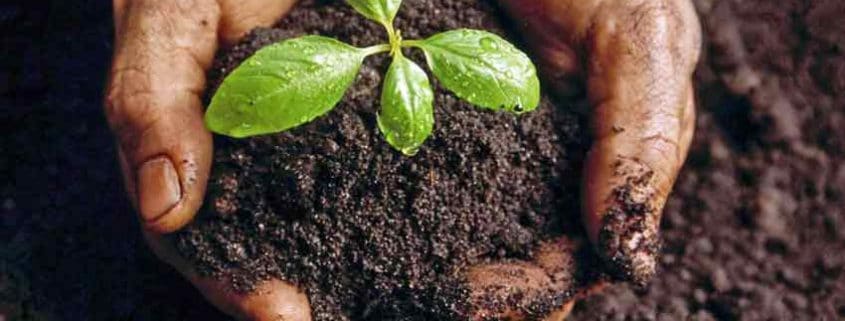

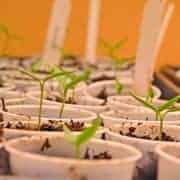
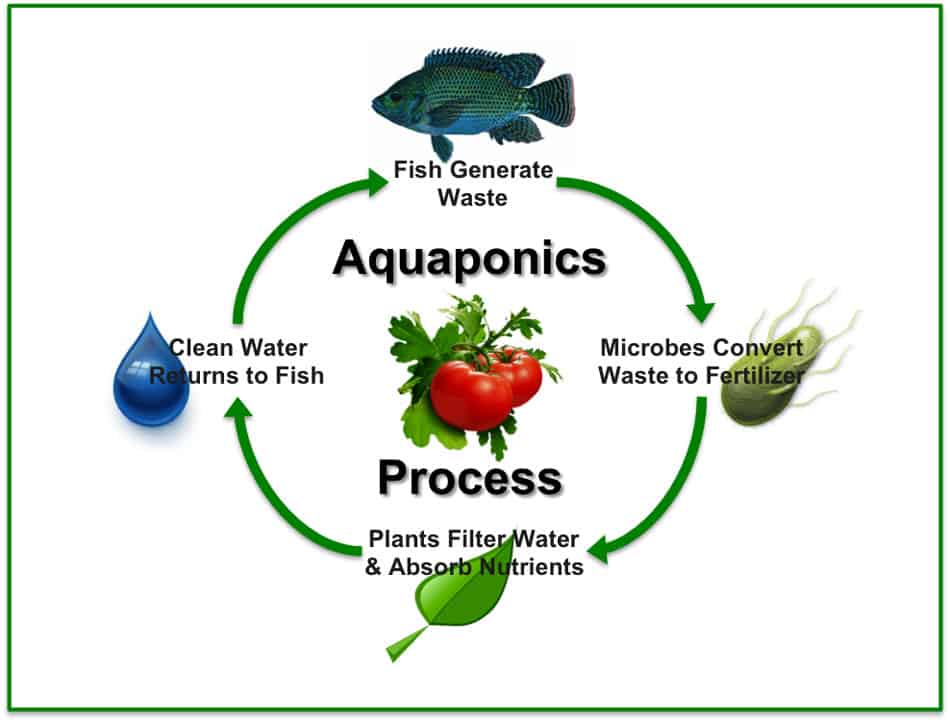

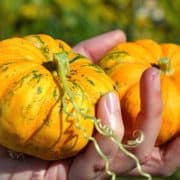
 2019 Terroir Seeds | Underwood Gardens
2019 Terroir Seeds | Underwood Gardens © 2024 Terroir Seeds | Underwood Gardens
© 2024 Terroir Seeds | Underwood Gardens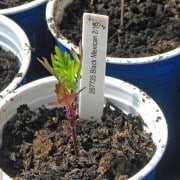
Leave a Reply
Want to join the discussion?Feel free to contribute!